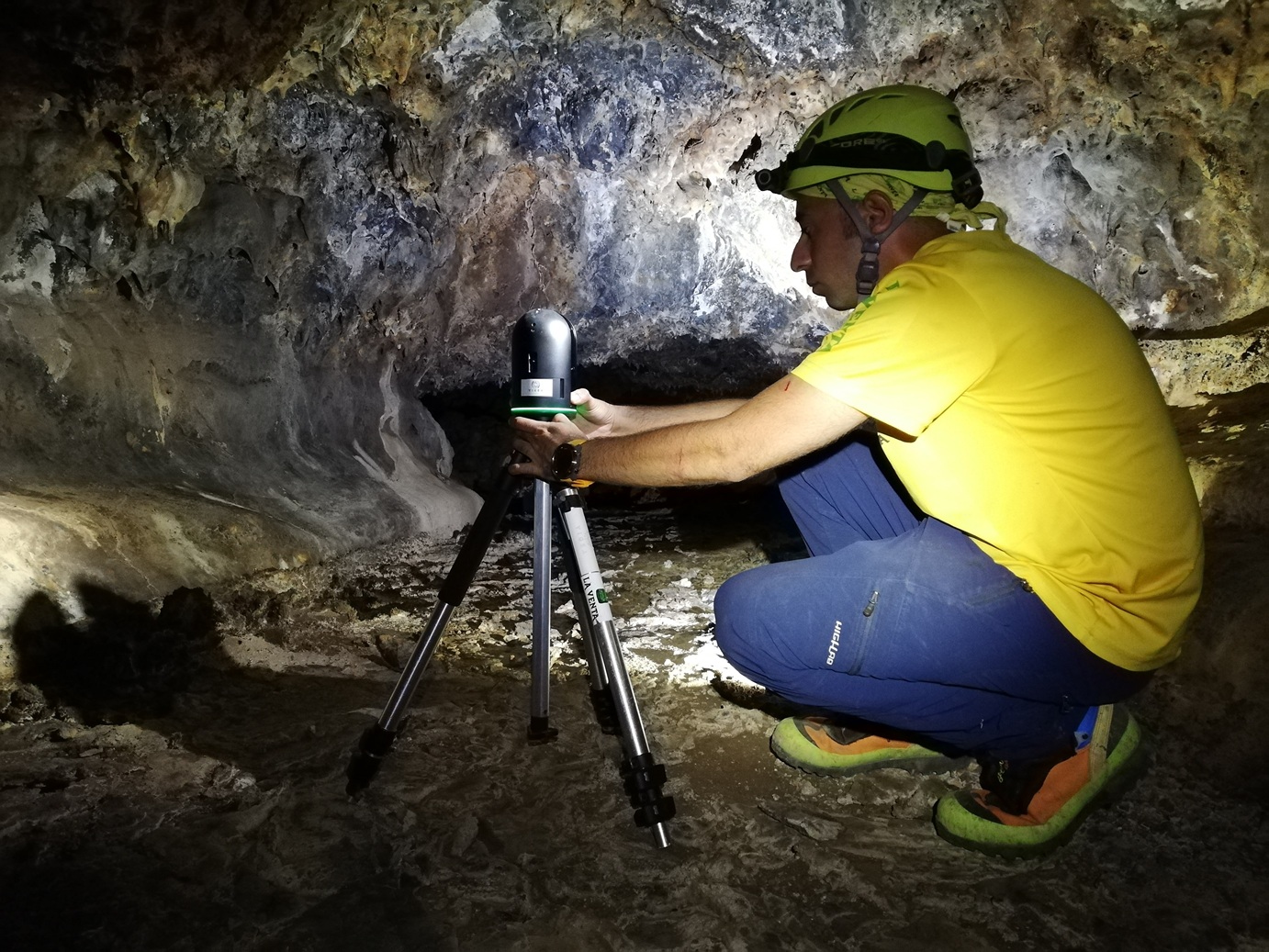There are few places in the world that are still uncontaminated, the Galapagos archipelago is certainly one of them. Made famous thanks to the work “The origin of the species” by Charles Darwin, these thirteen islands of volcanic origin are still little known especially from an underground point of view.
In 2019 we took part in an expedition organized by American speleologists and researchers from the Cave Research Foundation in collaboration with the Italian association La Venta Esplorazioni Geografiche with the aim of continuing explorations on the island of Santa Cruz, the second largest island in the archipelago and the main object of research conducted by American speleologists who have been exploring the forests of the archipelago for several years in search of lava tubes in collaboration with the Universidad de las Fuerzas Armadas de Ecuador and the Parque Nacional Galápagos.

Equipped with our BLK360 imaging scanner, we performed the 3D survey of some of the most interesting sections of the explored lava tubes.
With this instrument we were able to detect about 1km of volcanic galleries in a few days, thanks to the data collected we created three-dimensional models and topographical elaborations that will be used to compare the morphologies present in these caves with other volcanic cavities already detected by us with the same technology, such as the La Corona volcanic system on the island of Lanzarote or the volcanic caves of Etna.






